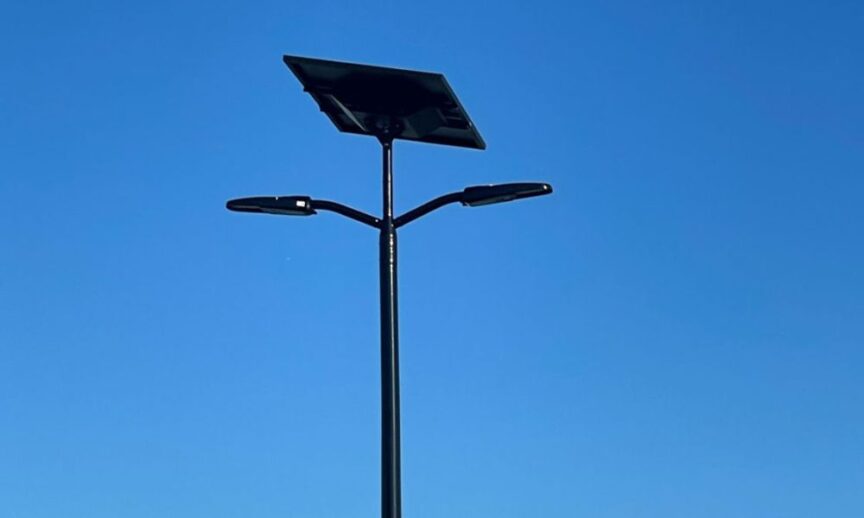Are you considering making a green switch and installing solar lighting on your property? You might wonder about the key differences between residential and commercial solar lighting systems. While both types harness clean, renewable energy from the sun, they serve different purposes and boast unique features suited to their specific applications. To help you choose the right sustainable lighting option for your property, learn about what sets residential and commercial solar lighting apart below.
Residential Solar Lighting
Homeowners looking to reduce their carbon footprint and save on electricity bills often turn to residential solar lighting. These systems are typically designed to blend seamlessly with the scale and aesthetics of a home and its surrounding landscape. With options such as solar walkway, garden, and security lights, residential solar lighting can help illuminate your outdoor spaces while using minimal energy.
Residential solar lighting is easy to install. Homeowners can set up most fixtures without professional assistance or extensive wiring. Moreover, residential solar lighting fixtures tend to have smaller solar panels and batteries, lowering overall costs and making them more accessible for homeowners.
Commercial Solar Lighting
Commercial solar lighting systems cater to larger areas where increased visibility, reliability, and security are paramount. Applications for these systems include parking lots, streets, parks, and industrial zones. Commercial solar lighting systems have larger panels and more powerful batteries to ensure uninterrupted illumination, even during adverse weather conditions or periods with minimal sunshine.
Commercial-grade solar lights are typically mounted on poles and feature higher lumen output, longer run times, and better light distribution, making them ideal for large public areas. Additionally, these systems are often equipped with advanced features, such as connectivity, dimming capabilities, or remote monitoring, which can contribute to efficiency and enhanced functionality.
While consumer-grade batteries may be less expensive and more readily available, they often lack the durability and capacity required for commercial outdoor lighting applications. They may degrade quickly under demanding conditions and offer limited performance, leading to reduced operating times and increased maintenance costs. Therefore, it is not advisable to rely on low-cost off-the-shelf systems that use consumer batteries for public solar street lighting if optimal performance and longevity are desired.
Comparing the Two
When comparing residential and commercial solar lighting systems, it’s essential to consider their specific features, intended use, and costs. While residential systems prioritize appearance and easy installation, commercial systems cover spacious areas and provide critical functions, such as dependable brightness and heightened security.
Understanding the intended purpose of your solar lighting will help you decide which system suits your needs. Assess whether you require a simple solution to brighten a patio or garden, or if your goal is to illuminate a more expansive area for safety and visibility. This is particularly important where liability is a concern.
Switching to solar lighting, be it residential or commercial, can help minimize energy expenses and reduce carbon emissions, contributing to a greener tomorrow. As technology advances, companies like Fonroche Lighting America are introducing their industrial solar lights to new projects and locations, extending the reach of eco-friendly lighting solutions. It’s time to embrace the transformative power of solar lighting and shine a light on a more sustainable future.

